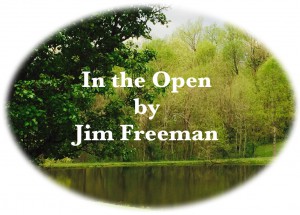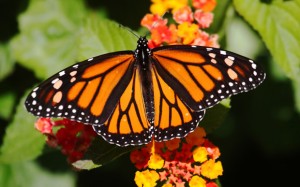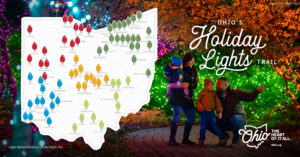Milkweed seed pod collection continuing through October

 The statewide Milkweed Seed Pod collection, to help Monarch butterflies, is going on until the end of October, and the milkweed pods should now be prime for picking.
The statewide Milkweed Seed Pod collection, to help Monarch butterflies, is going on until the end of October, and the milkweed pods should now be prime for picking.
The Ohio Pollinator Habitat Initiative, a consortium of federal, state and local agencies along with private organizations and individuals, is spearheading the drive to collect milkweed seed pods with assistance from the Ohio Department of Transportation and your local Soil and Water Conservation Districts.
Your job is to go out and pick some pods, then bring them into your local SWCD office. Pods should be dry with brown seeds inside, green pods aren’t ready yet. Early season bowhunters can stuff their pockets full of pods.
So why Monarch butterflies? And why milkweed in particular?
The Monarch is a perfect ambassador species for conservation, with its handsome orange, black and white striped and spotted wings it is immediately conspicuous; the butterflies spend the winter on one mountainside in Mexico before heading northwards in the spring, with some of them making it clear to Canada.
What’s really amazing about this migration is that it takes several generations; the Monarchs that will overwinter in Mexico this winter are the great-grandchildren of the butterflies that left heading north this spring. The first three generations are relatively short-lived, but the fourth generation lives longer and completes the migration cycle.
Sadly the familiar Monarch butterfly is literally poised at the edge of being a threatened or endangered species – one more untimely storm, a wildfire, a hard winter, could push this species over the edge. Experts estimated one billion Monarchs overwintered in Mexico in 1997. In 2013 the number was down to 33 million. The decrease was attributed to destruction of habitat along the migration corridor, illegal logging in Mexico, and unusual winter weather
But why milkweed? Many flowering plants provide nectar for Monarch butterflies, but milkweed leaves are the only leaves that Monarch caterpillars will eat. The butterflies lay their eggs on milkweed plants so the tiny caterpillars will have access to food as soon as soon as they hatch. Eating the milkweed makes the Monarchs slightly toxic and repulsive to predators. Areas planted with pollinator-friendly flowers are also helpful for other pollinating species, particularly honeybees.
The distinctive markings of the Monarch tell predators to keep away! (The slightly smaller Viceroy butterfly mimics the Monarch in an effort to fool predators).
The Ohio Department of Transportation is doing its part by providing the drop-off bins for the milkweed seed pods, and in planting the seeds once they are separated from the chaff and prepared for germination.
If you just want to see some Monarch butterflies in the wild, the Meigs SWCD Conservation Area is a fine spot for butterfly watching. Perhaps it is because there has been more discussion about Monarchs than ever before, but we paid a lot of attention and observed caterpillars, chrysalises, and adults, mostly using the swamp milkweed.
Monarchs are also easily reared in classrooms or homes and then released into the wild, and are of course totally harmless to humans (unless you try to eat one). Besides, who doesn’t like butterflies?
For more information about the Ohio Pollinator Habitat Initiative, or about collecting milkweed seed pods, check it the OPHI website at www.ophi.info
Jim Freeman is the wildlife specialist for the Meigs Soil and Water Conservation District. He can be contacted weekdays at 740-992-4282 or at [email protected]








